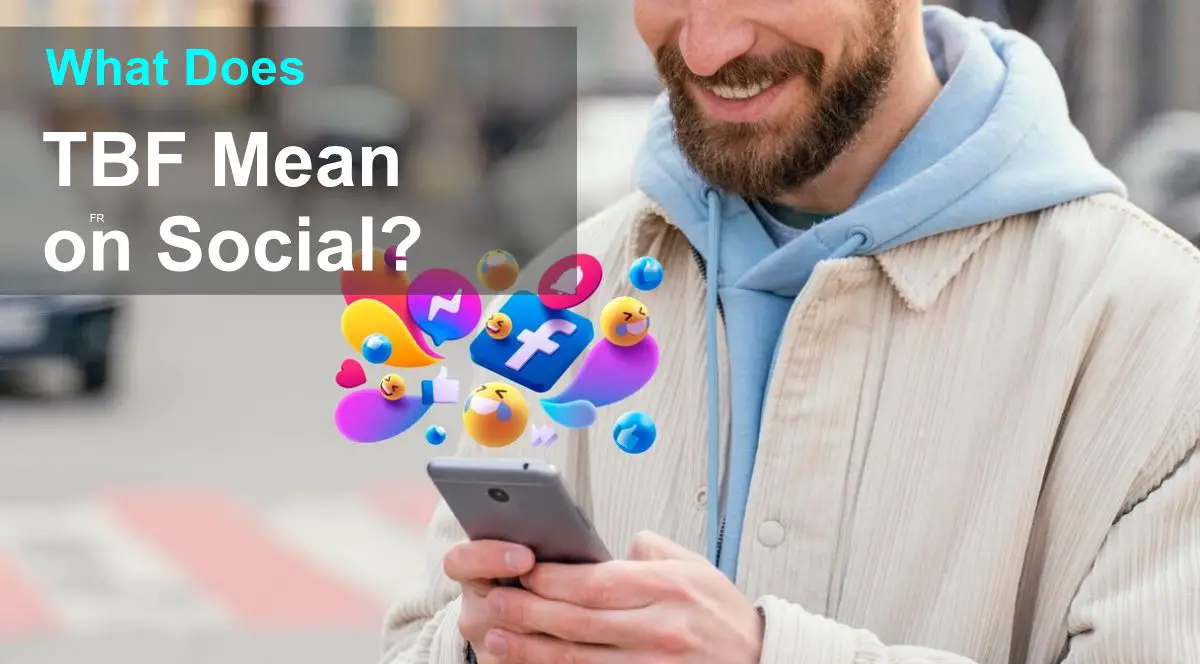In the realm of online communication, acronyms are frequently used to express ideas more quickly and casually. One such acronym is TBF, which stands for “to be fair.” Commonly used in social media posts, comment threads, messaging apps, and online forums, TBF introduces a sense of fairness, balance, or acknowledgment into a conversation.
Rather than presenting an argument from a single viewpoint, TBF signals the speaker’s intent to consider or introduce a more nuanced or equitable perspective. It’s a way of saying, “Let’s consider this fairly” or “Here’s another way to look at it.”
How TBF Is Used in Online Conversations
TBF is typically employed to soften criticism, provide context, or offer a counterpoint. Its use helps conversations come across as more thoughtful, respectful, and balanced—especially in environments where tone and emotion can be difficult to convey.
Common Use Cases:
- To offer a counterpoint:
“TBF, the other team had a solid defense that made scoring difficult.” - To soften a critique:
“The customer service was slow. TBF, it was during peak hours.” - To add relevant context:
“She missed the meeting. TBF, no one told her the time had changed.”
In this way, TBF contributes to a more mature and fair dialogue, especially on platforms where brevity and speed dominate, such as X (formerly Twitter), TikTok comments, Reddit threads, and Discord conversations.
Why TBF Matters in Digital Communication
TBF serves a meaningful function in casual discourse by encouraging users to think critically and consider alternative viewpoints. As online communication often lacks tone and facial expression, acronyms like TBF provide subtle emotional cues that help clarify intent and reduce misunderstandings.
Key Reasons People Use TBF:
- To introduce objectivity in a subjective discussion
- To avoid appearing one-sided or overly critical
- To express empathy or understanding toward other perspectives
- To provide context that might justify or explain a situation
Unlike acronyms such as TBH (to be honest), which express blunt sincerity, TBF leans toward fairness and understanding. It indicates a willingness to give credit where it’s due or to admit that opposing views may also hold merit.
How TBF Appears Across Platforms
While TBF is prevalent across many forms of digital communication, its tone and usage can vary slightly by platform:
- On X and Instagram: Often used in captions, comments, or threads to balance opinions or offer an alternative view in a brief, relatable way.
- On Reddit and Discord: TBF is frequently part of deeper discussions where users are expected to support their points and consider counterarguments.
- In messaging apps (e.g., WhatsApp, iMessage): It’s a quick, casual way to keep conversations fair and avoid conflict in group chats or debates.
When (and When Not) to Use TBF
Ideal Scenarios:
- Presenting both sides of an argument:
“I didn’t like the product. TBF, it’s not made for my use case.” - Acknowledging opposing views:
“TBF, the critics had valid concerns.” - Adding context to clarify misunderstanding:
“He responded late. TBF, his phone died.”
Best Practices for Brands:
Brands may occasionally use TBF to humanize their messaging or demonstrate empathy—especially in customer service interactions. For instance:
“TBF, our shipping team has experienced unexpected delays due to weather conditions. We truly appreciate your patience.”
This usage shows that the brand is fair and transparent, acknowledging shortcomings while maintaining professionalism.
Avoid TBF In:
- Formal business writing: TBF is considered too informal for professional reports, emails, or press releases.
- Legal or contractual documents: Casual acronyms should never be used in official or legally binding contexts.
The Role of TBF in Constructive Dialogue
In online spaces where arguments and debates are frequent, using TBF signals a willingness to listen, consider, and even concede when appropriate. This helps create a healthier communication environment, one that promotes open-mindedness rather than confrontation.
By using TBF thoughtfully, individuals and brands alike can foster more respectful and balanced exchanges—especially in polarized or emotionally charged discussions.
Conclusion
TBF (“to be fair”) is a widely used acronym that brings fairness and objectivity into online conversations. Whether in casual chats, comment sections, or brand-customer interactions, it helps signal a considerate and thoughtful approach to dialogue.
When used appropriately, TBF not only enriches communication but also promotes empathy, understanding, and nuance—qualities that are essential in today’s fast-paced digital world.

